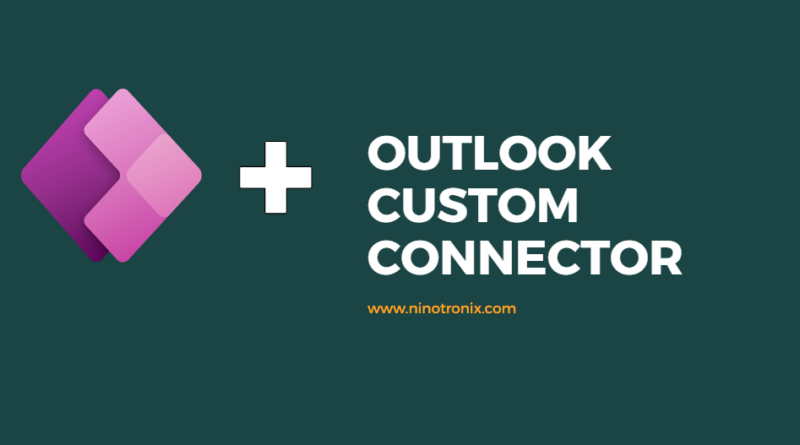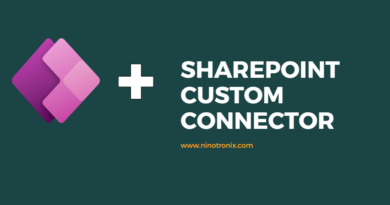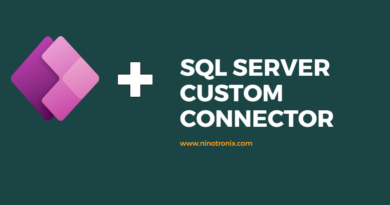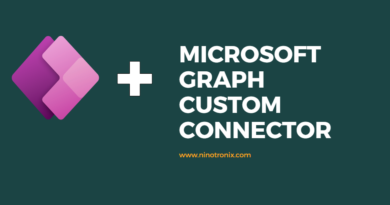How to create Office 365 Outlook custom connector with PowerApp
Here are step-by-step instructions on how to create a custom connector for Office 365 Outlook in PowerApps:
Step 1: Sign in to PowerApps
- Go to the PowerApps website (https://powerapps.microsoft.com) and sign in with your Microsoft account.
Step 2: Create a new custom connector
- Click on “Create” in the left-hand menu.
- Select “Custom connector” under the “APIs” section.
Step 3: Provide connector details
- In the “General” tab, give your connector a name (e.g., “Office 365 Outlook Connector”) and a unique ID.
- Optionally, you can add an icon and a description for the connector.
Step 4: Set up authentication
- In the “Security” tab, select the authentication type. For Office 365 Outlook, you can choose “OAuth 2.0”.
- Provide the necessary details, such as the “Authorization URL” and “Token URL”. You can find these details in the Microsoft Azure portal.
Step 5: Define actions and triggers
- In the “Definition” tab, you can define actions and triggers for your custom connector.
- To create an action, click on “New action” and provide a name, description, and request details. For example, you can create an action to send an email.
- To create a trigger, click on “New trigger” and specify the event that should trigger the action. For example, you can create a trigger when a new email arrives in a specific folder.
Step 6: Configure actions and triggers
- For each action and trigger, configure the request details, including the HTTP method, URL, headers, and request body.
- Use the Office 365 Outlook API documentation (https://docs.microsoft.com/en-us/outlook/rest/) to understand the required parameters and request structure.
Step 7: Test the connector
- In the “Test” tab, click on “New connection” and authenticate with your Office 365 Outlook account.
- Test each action and trigger by providing sample data and verifying the responses.
Step 8: Save and publish the connector
- Once you have defined and tested all the actions and triggers, click on “Save” to save the connector.
- Optionally, you can click on “Publish” to make the connector available to other users in your organization.
Step 9: Use the connector in PowerApps
- Open your PowerApps application and go to the screen where you want to use the Office 365 Outlook connector.
- Add a control that can trigger the action or respond to the trigger (e.g., a button or a data card).
- Configure the control to use the Office 365 Outlook connector and select the desired action or trigger.
Step 10: Test the integration
- Preview or publish your PowerApps application and test the integration with Office 365 Outlook.
- Verify that the actions are performed correctly and triggers are activated when expected.
By following these steps, you can create a custom connector for Office 365 Outlook in PowerApps and integrate with various email and calendar features. Custom connectors allow you to extend the functionality of your PowerApps and interact with external systems, services, or APIs seamlessly.




